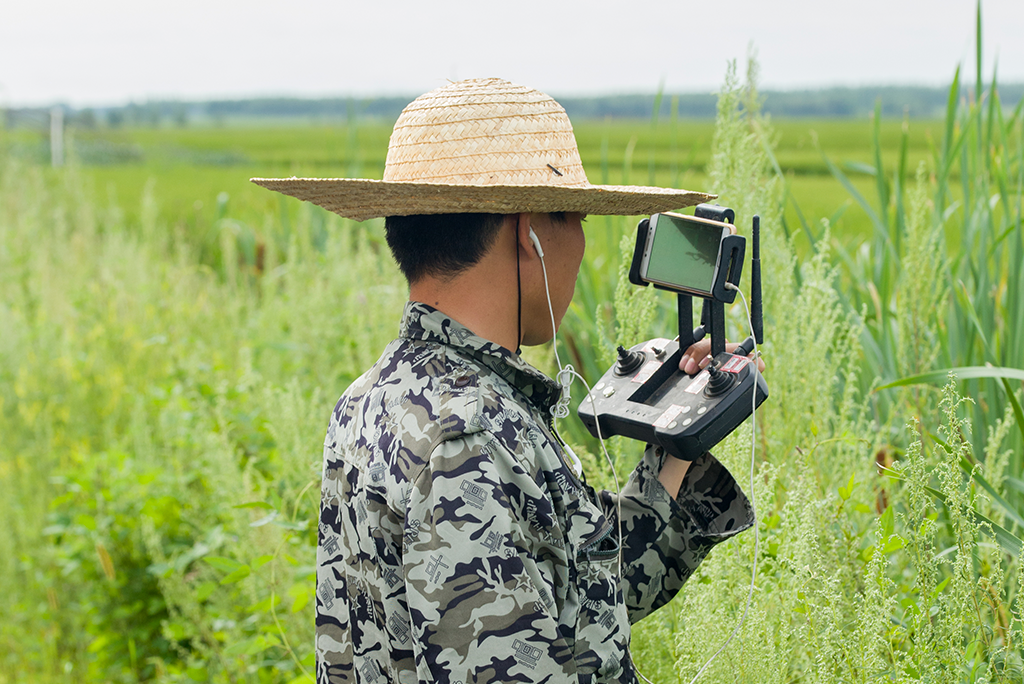Op-Ed
FAR Sight Needed
Zhiming Niu 7 Apr 2021
Ensuring a constant level of grain production in the PRC and maintaining the country’s gains in eliminating poverty are put forward as twin policy priorities in the No 1 Central Document, released by the State Council in February. These priorities are consistent with various other government visions for the coming years, including the 14th Five-Year Plan for National Economic and Social Development (2021–2025), and will also contribute significantly to achieving the United Nations Sustainable Development Goals.
However, reaching these targets in a way that benefits farmers, agriculture and rural development (FAR), or san nong in Chinese, is far from straightforward, due to challenges such as soil pollution, the effects of climate change and the urban-rural income gaps. Addressing these challenges will make a far-reaching contribution to the country’s development agenda.
The first challenge is achieving a balance between the quality and quantity of food supply. The demand for more nutritious and healthy foods is increasing. For example, the production of meats is anticipated to increase by 15 percent from 2021 to 2025. An additional 30 million hectares of land is needed to grow the vegetables and fruits required to improve people’s diets. At the same time, conservation agriculture and fewer chemicals in farming may reduce yield in cultivated lands while benefiting the environmental quality.
Soil quality is another major challenge as a result of land degradation, chemical pollution and plastic residues. Although programs to combat soil pollution have had some success since 2016, there must be methodical efforts to remove existing pollutants from soils completely while preventing additional pollution from occurring. Also, resources such as water and fertilizers should be improved further to boost efficiency. The PRC’s overall water use efficiency is at a relatively low level and needs to be improved significantly to be compatible with the country’s sustainable development.
Extreme weather events such as floods and drought caused by climate change pose growing risks to crop systems. For example, flooding in the summer of 2021 damaged about 10 percent of the cultivated land in Shanxi province and about 6 percent in Henan province. Agriculture accounts for more than 10 percent of the PRC’s total greenhouse gas emissions. The stepping up of meat, milk and egg production during the 14th Five-Year Plan period may add about 330 million metric tons of carbon dioxide equivalent emissions. Increasing use of machinery in farming (from the current 70 percent to 75 percent by 2025) would also emit more GHGs into the atmosphere. Emissions on this scale may present an obstacle to the PRC’s pledge to peak its carbon emissions before 2030.
Although farmers’ incomes have grown steadily in past decades, a further challenge is the still significant income gap between urban and rural residents. Incomes from crop growing are relatively low due to low grain prices and limited scale farming. Agricultural value chains need to be strengthened further to distribute more earnings to farmers.
Addressing these challenges can further the country’s development agenda and showcase promising approaches to balancing sustainable agriculture production with prosperous rural development. Here are four ways to help achieve this.
First, agricultural facilities and infrastructure need to be strengthened further.
The National High-Standard Farmland Development Plan aims to expand the area of high-standard farming lands to 71.7 million hectares by 2025 and to 80 million hectares by 2030. These lands need sufficient irrigation facilities, road and electricity connections, soil and water conservation measures, and better environmental management. Resilience to extreme weather events will also need to increase. Improved farmlands will mean that grains outputs can be maintained.
Second, sustainable land management and climate-smart agriculture should be expanded to improve soil quality and strengthen climate resilience.
Sustainable land management adopts integrated approaches to ensure land productivity while safeguarding its ecosystem services. It can address the interlinked challenges of food security and climate change by enhancing resilience and reducing emissions through less external inputs (such as energy, chemical fertilizers and pesticides) and increased organic carbon in soil. Climate adaptation can be enhanced through crop varietal selection, plant breeding, cropping patterns and ecosystem management. Climate change mitigation can be strengthened through reduced tillage, straw reapplication, improved fertilizer efficiency and restoration of degraded lands.
Third, science-based technologies and approaches need to be promoted.
Currently, croplands using high efficiency water-saving irrigation totals about 23.3 million hectares and this is expected to expand to 34 million hectares by 2025. This will greatly improve agricultural water use efficiency. While stabilizing or reducing the use of chemicals, application of biofertilizers or organic fertilizers needs to be scaled up. More nature-based solutions should be applied to improve the agricultural environmental quality and enhance resilience, such as buffer zones, ecological ditches and vegetative erosion control. Science-based monitoring of key soil and environmental indicators will be necessary.
Last, farmers’ incomes should be boosted through the optimal scaling of croplands, which can promote good agricultural practices and improve management efficiency.
These will trigger greater labor productivity and promote the transfer of labor from farming to non-farming activities, resulting in the more efficient use of resources, such as water, fertilizers and machinery. Protected agriculture, including greenhouses, can also increase the economic output of the land. Opportunities should be explored to further develop value chains with greater reliance on higher-value crops and organic or green products.
In the end, the full engagement of farmers is crucial. Only with their awareness of new approaches and improved capacity to adopt them can the PRC achieve its aim of expanding prosperity and vitalizing rural society.
Author

Zhiming Niu
Senior Project Officer (Environment), East Asia Department, Asian Development Bank
This Op-Ed is reproduced from China Daily.


